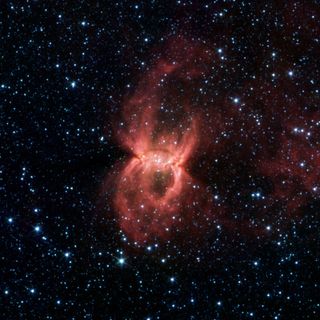
UFOs are off-limits to serious scientific study and rational discussion, which unfortunately leaves the topic in the domain of fringe and pseudoscientists, many of whom litter the field with conspiracy theories and wild speculation. Essentially, we are told that the topic is nonsense. None are actually extraterrestrial spacecraft. While the general public has been fascinated with UFOs for decades, our governments, scientists and media, have essentially declared that of all the UFO sightings are a result of weather phenomenon or human actions. But the real problem, in my view, is that the UFO topic is taboo. UFO encounters are neither controllable nor repeatable, which makes their study extremely challenging. When it comes to science, the scientific method requires hypotheses to be testable so that inferences can be verified. But there are enough scraps of evidence that suggest that the problem needs to be open to scientific study. The situation is exacerbated by the fact that many governments around the world have covered up and classified information about such encounters. HenrardiĬarl Sagan correctly summarized the situation by saying that “extraordinary claims require extraordinary evidence.” The problem is that there has been no single well-documented UFO encounter that would alone qualify as the smoking gun. This photograph was taken in Wallonia, Belgium. Since this should have happened several times already in the history of our galaxy, one should wonder where is the evidence of these civilizations? This discrepancy between the expectation that there should be evidence of alien civilizations or visitations and the presumption that no visitations have been observed has been dubbed the Fermi Paradox. With the rocket-based technologies that we have developed for space travel, it would take between 5 and 50 million years for a civilization like ours to colonize our Milky Way galaxy. Depending on the assumptions, one should expect anywhere from tens to tens of thousands of civilizations. Even if intelligent life developed on a very small percentage of these planets, then there should be a number of intelligent civilizations in the galaxy. In 1950, at Los Alamos National Laboratory after discussing UFOs over lunch, Fermi asked, “Where is everybody?” He estimated there were about 300 billion stars in the galaxy, many of them billions of years older than the sun, with a large percentage of them likely to host habitable planets. The nuclear physicist Enrico Fermi was famous for posing thought provoking questions. I believe we need to face the possibility that some of the strange flying objects that outperform the best aircraft in our inventory and defy explanation may indeed be visitors from afar – and there’s plenty of evidence to support UFO sightings. With July 2 being World UFO Day, it is a good time for society to address the unsettling and refreshing fact we may not be alone.

But 20 years later, I was stunned to see a recording of a press conference featuring several former US Air Force personnel, with a couple from Malmstrom AFB, describing similar occurrences in the 1960s.

At the time I thought this professor was talking nonsense. A physics professor joined the conversation and told us that he had colleagues working at Malmstrom Air Force Base in Great Falls, Montana, where they were having problems with UFOs shutting down nuclear missiles. In 1988, during my second week of graduate school at Montana State University, several students and I were discussing a recent cattle mutilation that was associated with UFOs. But more exciting to me was the possibility that interstellar travel was technologically achievable.

Of course, there was the excitement that there could be aliens and other living worlds.

This was a special edition devoted to ‘flying saucers,’ which became a national obsession after airline pilot Kenneth Arnold sighted a saucer-shaped flying objects in 1947. Cover of the October 1957 issue of pulp science fiction magazine Amazing Stories.


 0 kommentar(er)
0 kommentar(er)
